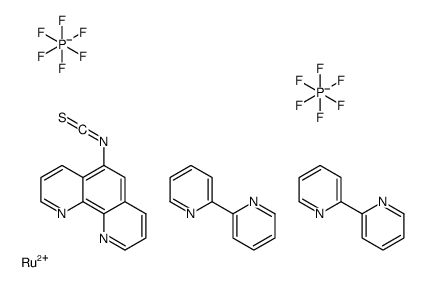| Structure | Name/CAS No. | Articles |
|---|---|---|
 |
BIS(2 2'-BIPYRIDINE)-(5-ISOTHIOCYANATO-&
CAS:288399-07-5 |
| Structure | Name/CAS No. | Articles |
|---|---|---|
 |
BIS(2 2'-BIPYRIDINE)-(5-ISOTHIOCYANATO-&
CAS:288399-07-5 |